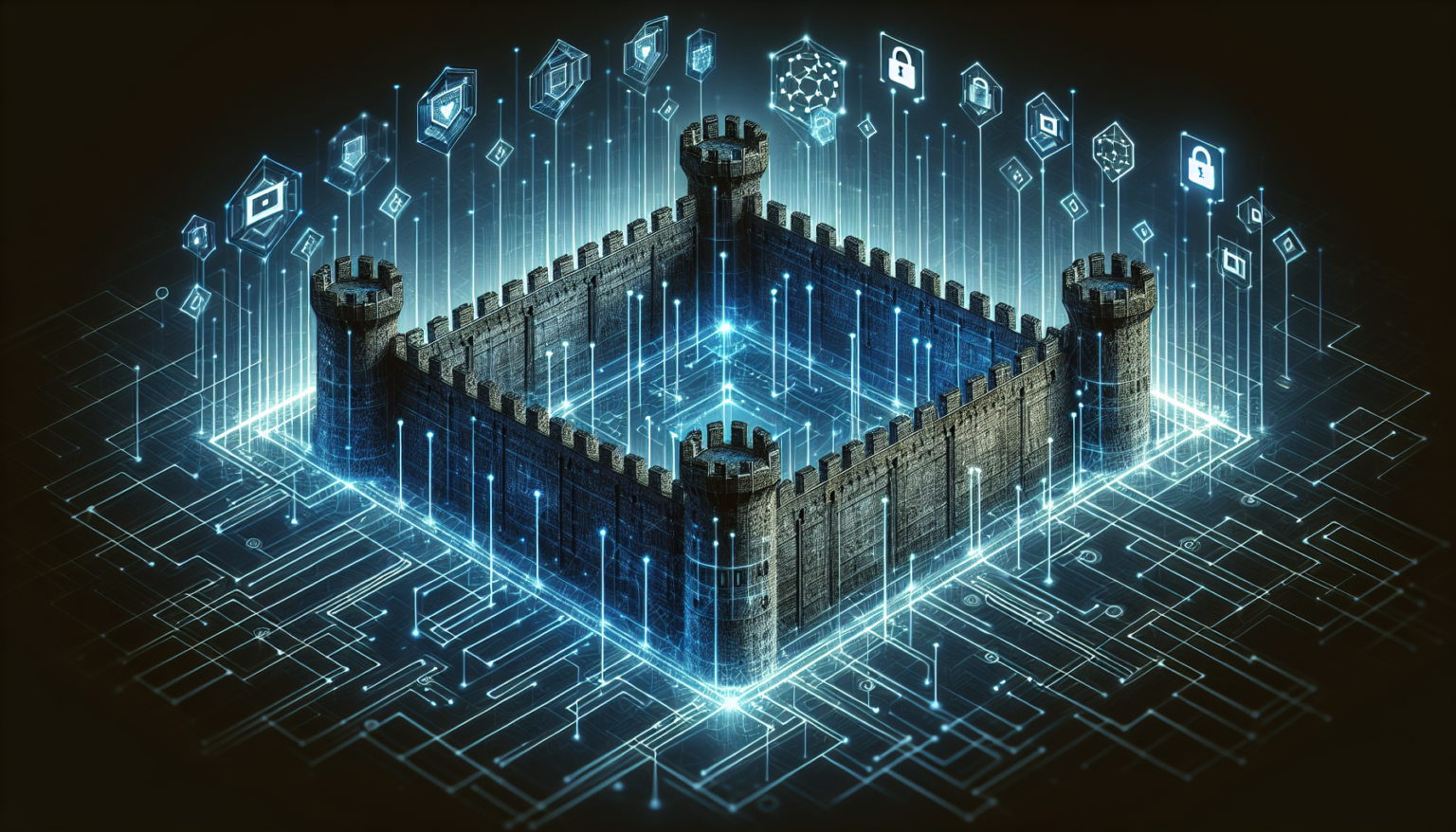Understanding Quantum Computing and Its Threat
Quantum computing, a revolutionary technology, leverages the principles of quantum mechanics to perform calculations far more quickly than classical computers. This leap in computational power poses a significant threat to existing cryptographic systems.
The Basics of Quantum Mechanics
At its core, quantum mechanics allows particles to exist in multiple states simultaneously, a phenomenon known as superposition. Additionally, quantum entanglement enables particles that are entangled to influence each other’s states instantaneously, regardless of the distance between them. These properties are harnessed in quantum computers to process information in ways traditional computers cannot.
Cryptography Under Siege
Most of today’s cybersecurity relies on algorithms designed to keep sensitive data safe from unauthorized access. However, algorithms such as RSA and ECC (Elliptic Curve Cryptography), which underpin much of internet security, could be easily broken by sufficiently powerful quantum computers. This capability stems from algorithms like Shor’s algorithm, which can factor large numbers much faster than the best-known classical algorithms.
What Are Quantum-Resistant Algorithms?
Quantum-resistant algorithms, also known as post-quantum cryptography, are cryptographic systems designed to be secure against the potential threats posed by quantum computers. These algorithms aim to protect data even when quantum computing becomes a practical reality.
The Need for Robust Solutions
As quantum technology advances, it becomes essential to develop cryptographic frameworks that can withstand quantum attacks. This proactive approach to enhancing digital security is crucial, especially as organizations are increasingly relying on cloud computing and digital transactions.
Types of Quantum-Resistant Algorithms
Quantum-resistant algorithms are primarily categorized based on their underlying mathematical principles. Some key families include:
Lattice-Based Cryptography
Lattice-based algorithms utilize mathematical structures known as lattices to create hard-to-solve problems. They are considered highly promising due to their resilience against both classical and quantum attacks. Traditional encryption and digital signature schemes can be built on these principles, making them versatile for various applications.
Code-Based Cryptography
These algorithms rely on error-correcting codes, specifically the difficulty of decoding certain types of codes. One of the oldest and most studied code-based systems, the McEliece cryptosystem, has demonstrated long-standing security and efficiency, making it a strong candidate for post-quantum cryptographic frameworks.
Multivariate Polynomial Cryptography
This approach revolves around solving systems of multivariate polynomial equations over finite fields. Although some implementations have shown vulnerabilities, this class of algorithms still holds potential, particularly in specific use cases, such as digital signatures.
Hash-Based Cryptography
Hash-based systems, like the Merkle Signature Scheme, are built on the security of hash functions. They are particularly appealing because they can offer efficient and secure digital signatures, making them suitable for applications where quick verification is crucial.
Challenges in Implementing Quantum-Resistant Algorithms
While quantum-resistant algorithms show great promise, several challenges remain in their development and implementation.
Performance and Efficiency
One of the biggest concerns is the performance and efficiency of quantum-resistant algorithms compared to current methods. Quantum algorithms often have larger key sizes and increased computational overhead, which may pose challenges for devices with limited processing power and memory.
Standardization and Adoption
The transition from classical to quantum-resistant cryptographic systems requires meticulous standardization processes. The National Institute of Standards and Technology (NIST) is actively working on developing and standardizing post-quantum cryptography, but the timeline for widespread adoption remains uncertain.
Interoperability with Existing Systems
Many organizations are currently running on legacy systems that rely on classical cryptography. Seamlessly integrating quantum-resistant algorithms into these existing infrastructures presents a challenging hurdle that requires extensive development and testing.
The Road Ahead
As we progress deeper into the quantum era, it’s crucial for both individuals and organizations to stay informed about the imminent changes in cybersecurity landscapes.
Research and Development Efforts
The race for quantum resilience is very much ongoing, with researchers working tirelessly to improve the robustness and efficiency of quantum-resistant algorithms. Collaboration between academia, industry, and government agencies is essential to enhance the development of these solutions.
Awareness and Education
Raising awareness about quantum threats and the importance of transitioning to post-quantum cryptography is an essential step in safeguarding digital ecosystems. Regular training and education on available solutions will empower organizations to make informed decisions.
Deployment Strategies
Organizations need to develop comprehensive deployment strategies that include phased rollouts of quantum-resistant algorithms. Testing these solutions in limited environments before full-scale implementation will help identify potential issues and ease the transition process.
Conclusion of Reflection
In a world where digital security is increasingly at risk, embracing quantum-resistant algorithms represents a proactive step toward safeguarding sensitive information. While the journey ahead is filled with challenges, the collaboration of various sectors can help unravel solutions that not only respond to the threats posed by quantum computers but also advance the foundations of digital security.








